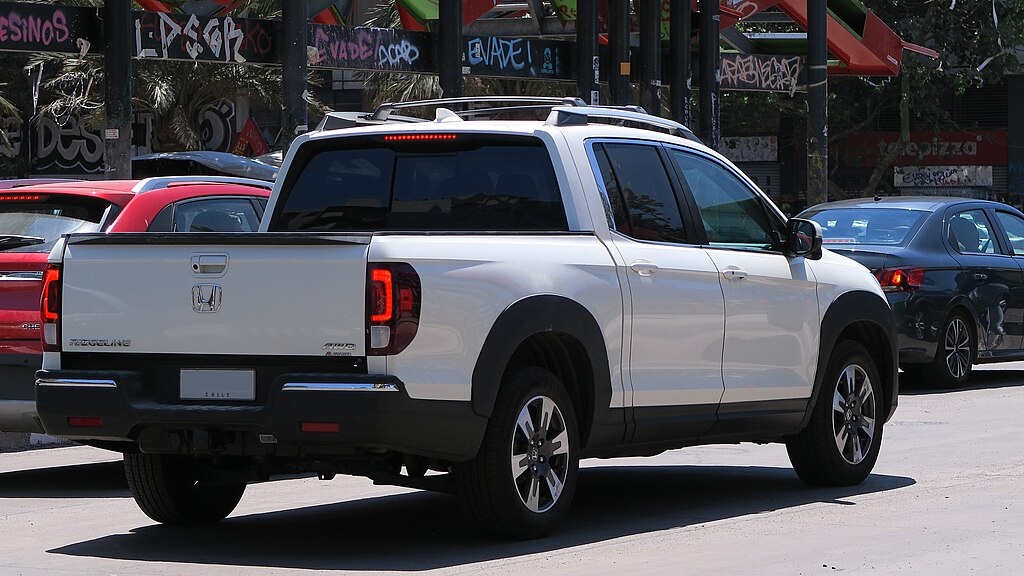Are you thinking about lifting your Honda Ridgeline for better off-road performance or a more aggressive look? While it may sound like a significant upgrade, it can lead to unexpected problems, such as quicker wear on suspension parts, handling issues, and alignment headaches.
But don’t worry—by knowing what to expect, you can tackle these challenges head-on and make the most of your lifted Ridgeline without unnecessary surprises.

1. Increased Suspension Wear and Tear
After adding a lift kit, many Honda Ridgeline owners notice that suspension components like ball joints, control arms, and bushings wear out more quickly than expected. This leads to more frequent repairs or replacements, which can get expensive over time.
The problem stems from how the lift kit changes the suspension geometry, placing extra stress on parts not designed for the new angles. Unlike body-on-frame trucks, the Ridgeline’s unibody construction makes it more sensitive to these modifications.
Owners of Ridgeline models from 2017 to 2021 often report that ball joints and control arm bushings need replacement after only 20,000 to 30,000 miles post-lift. Many also experience uneven tire wear caused by alignment issues from the altered suspension setup.
2. Alignment and Steering Problems
Maintaining proper wheel alignment becomes challenging after installing a lift kit on the Honda Ridgeline. Many owners report steering pull, uneven tire wear, and handling problems that make driving less comfortable.
Lifting the truck affects its suspension geometry, making it difficult to maintain factory alignment specs. Additional stress on the steering rack, especially when driving on rough terrain, can worsen these issues.
Owners of Ridgelines lifted over 2 inches, especially from the 2017-2022 models, frequently need repeated alignments.
Even after multiple adjustments, some vehicles quickly become misaligned again. Others develop loose or sluggish steering, especially at higher speeds.
3. CV Axle and Driveshaft Problems
Lifting the Ridgeline can also increase wear on CV axles and driveshaft components, especially in trucks lifted more than 2 inches.
The steeper angles at which the CV axles must operate cause added strain, leading to premature wear—particularly when driving off-road or in rough conditions.
Ridgeline models often report these problems from 2009 to 2014 and 2017 to 2021. Some owners notice clicking noises from the axles or experience axle failure within 10,000 to 15,000 miles after installing a lift kit.
Others report driveline vibrations, especially during acceleration or highway speeds, indicating misalignment in the driveshaft.
4. Reduced Ride Comfort and Handling Performance
While lift kits can improve off-road capability and enhance the truck’s appearance, they often compromise ride comfort and handling. Lifted trucks tend to have a rougher ride, increased body roll, and reduced stability when cornering.
The higher center of gravity and stiffer springs with lift kits disrupt the Ridgeline’s original smooth ride, which was designed for comfort.
Ridgelines from 2017 to 2021 are particularly prone to these changes. Owners frequently report a bumpier ride and more body roll during sharp turns, especially with lifts over 2 inches. Bouncing over uneven roads is another common complaint.
5. Increased Strain on Transmission and Differential
Installing a lift kit can also place more strain on the transmission and differential, especially on Ridgelines used for towing or off-road driving.
The altered drivetrain angles force the transmission and differential to work harder to transfer power. Larger tires, often added with lift kits, compound the problem by adding weight and resistance.
Owners of Ridgelines from 2006 to 2021 report harsher or delayed shifting in the transmission after installing a lift kit. Some also hear a whining noise from the differential or experience failure, leading to costly repairs or replacements.
6. Brake System Strain
Lift kits can also affect the Ridgeline’s brake system, resulting in premature brake wear or reduced braking performance.
Larger tires increase the load on the brakes, making them less responsive and wearing out pads and rotors faster. Also, lift kits can cause tension in the brake lines, leading to reduced braking performance or even line damage.
These problems are frequently reported in Ridgeline models from 2006 to 2021. Some owners note that their brakes feel less responsive post-lift, while others have upgraded to larger rotors and calipers to handle the added stress.
7. Warranty Concerns and Dealer Refusals
One of the most significant issues Ridgeline owners face after installing lift kits is the potential voiding of their factory warranty.
Honda’s warranty typically doesn’t cover damage from aftermarket modifications, including lift kits. As a result, many owners have reported that dealers refuse to service suspension, drivetrain, or alignment problems, even when they seem unrelated to the lift kit itself.
This is a concern for all Honda Ridgeline models, especially those still under warranty. Owners of lifted 2017 to 2021 Ridgelines often encounter difficulties getting warranty service, with some dealers outright denying claims because of the lift kit.
Conclusion
Lift kits can give the Honda Ridgeline a more aggressive look and improve off-road capabilities, but they often come with trade-offs.
After installation, problems such as increased wear on suspension parts, alignment issues, and strain on the drivetrain are common.
These changes can also affect ride comfort and handling, especially in daily driving. Before making modifications, it’s essential to weigh these factors and consider the potential impact on your vehicle’s performance and reliability.
Was This Article Helpful?

